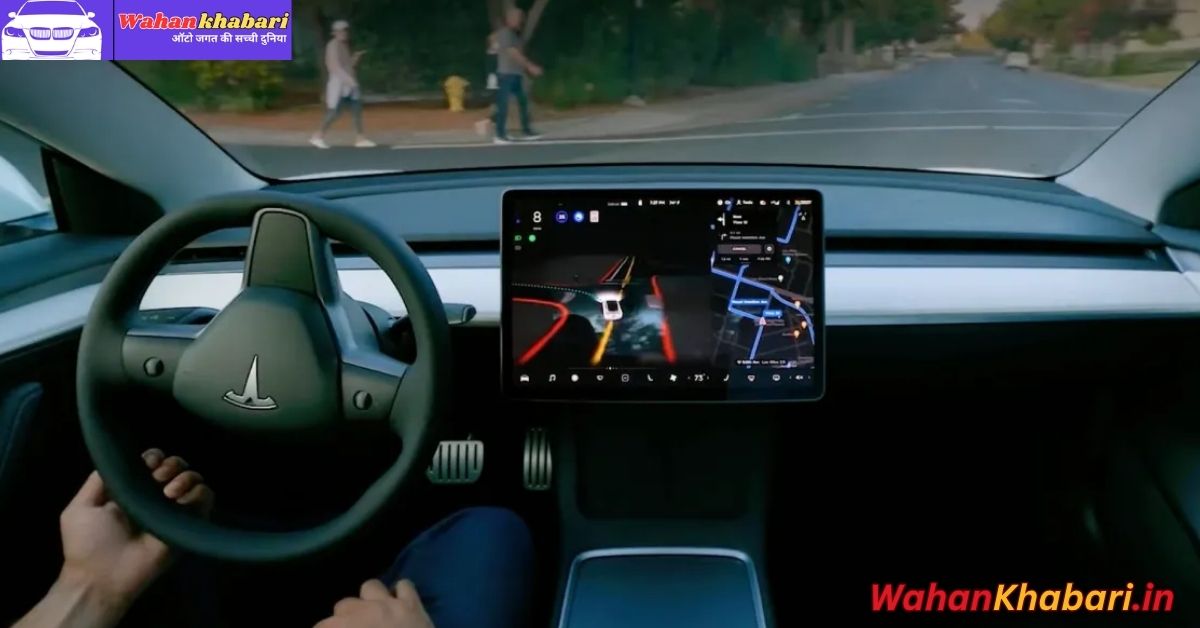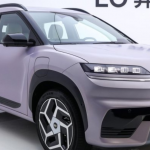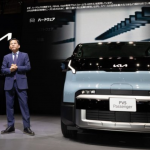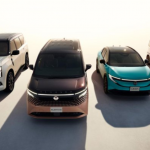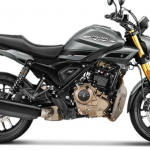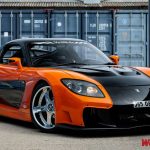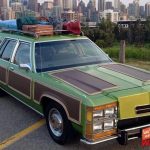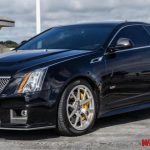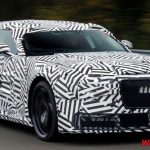Tesla’s latest Full Self-Driving (FSD) update, version 14.1, marks a major leap toward its long-promised robotaxi future, integrating vision-based navigation and autonomous drop-off features that mimic ride-hailing services.
After months of anticipation and delays, Tesla has officially rolled out FSD V14.1, its most significant update in nearly a year. While Elon Musk has long teased the arrival of “unsupervised self-driving,” this release—branded as Supervised FSD—brings Tesla closer than ever to its vision of a fully autonomous robotaxi fleet.
What’s New in FSD V14.1?
The standout feature of FSD V14.1 is its Robotaxi-style “Arrival Options”, which simulate autonomous drop-offs similar to those used in ride-hailing services. This includes the ability to navigate complex urban environments and select optimal drop-off points based on real-time conditions.
Tesla has also introduced vision-based navigation, allowing vehicles to respond dynamically to road closures, detours, and unexpected obstacles. This marks a shift from traditional GPS-based routing to a more adaptive, camera-driven system that mimics human decision-making.
Other enhancements include:
- Improved emergency vehicle detection, enabling cars to yield or pull over when ambulances, fire trucks, or police vehicles are nearby.
- Refined responsiveness to traffic signals and lane markings, addressing previous concerns raised by regulators.
- A new “Sloth” speed profile, designed for ultra-cautious driving in pedestrian-heavy zones.
Lessons from Austin’s Robotaxi Trials
Much of FSD V14.1’s intelligence stems from Tesla’s robotaxi pilot program in Austin, Texas, which began in June 2025. The company used this trial to gather data on autonomous ride-hailing behavior, including passenger pickup/drop-off logistics, route optimization, and safety protocols.
Tesla has now integrated these learnings into its consumer-facing software, effectively turning every FSD-equipped vehicle into a testbed for future robotaxi operations. While full autonomy remains elusive, the groundwork is clearly being laid.
The Roadblocks Ahead
Despite the excitement, FSD V14.1 is not without controversy. The National Highway Traffic Safety Administration (NHTSA) has launched an investigation into previous FSD versions over reports of vehicles running red lights and ignoring lane markers. Tesla insists that V14.1 addresses many of these issues, but regulatory scrutiny remains high.
Moreover, Musk has tempered expectations, confirming that “unsupervised self-driving” is not part of this release. Instead, V14.1 is designed to operate under driver supervision, with future updates (V14.2 and V14.3) expected to push the boundaries further.
A Step Toward Autonomy, Not the Finish Line
Tesla’s robotaxi ambitions have always been bold. Musk famously predicted that Tesla would launch a commercial robotaxi network by 2020—a goal that has since been repeatedly delayed. With FSD V14.1, however, the company is finally delivering tangible features that support that vision.
The update doesn’t make Teslas fully autonomous, but it does make them smarter, safer, and more capable of mimicking human drivers. It also lays the foundation for future updates that could remove the need for driver supervision altogether.
What It Means for Tesla Owners
For Tesla owners with HW4-equipped vehicles, FSD V14.1 offers a more refined and intelligent driving experience. The system’s ability to handle complex urban scenarios, respond to emergency vehicles, and simulate robotaxi behavior makes it the most advanced iteration yet.
Tesla has begun a wide rollout of V14.1, with V14.2 and V14.3 expected in the coming weeks pending safety testing. These updates will likely build on the robotaxi framework, inching closer to full autonomy.
Final Thoughts
Tesla’s FSD V14.1 is a milestone—not just for the company, but for the future of autonomous mobility. By blending vision-based navigation with robotaxi-style features, Tesla is redefining what driver-assist systems can do. While full autonomy remains a work in progress, the path is clearer than ever.
As regulators, engineers, and drivers continue to evaluate the system’s capabilities, one thing is certain: the age of the robotaxi is no longer science fiction—it’s accelerating toward reality.

Hello, my name is Muskan Kumari and I am an experienced Digital Marketer. I have been blogging for the last 3 years and I have special interest in SEO. Here I give you easy bikes and writes easy-to-understand reviews and news about the latest bikes, helping readers choose the best options.. My aim is to always provide you with accurate, new and useful information.
